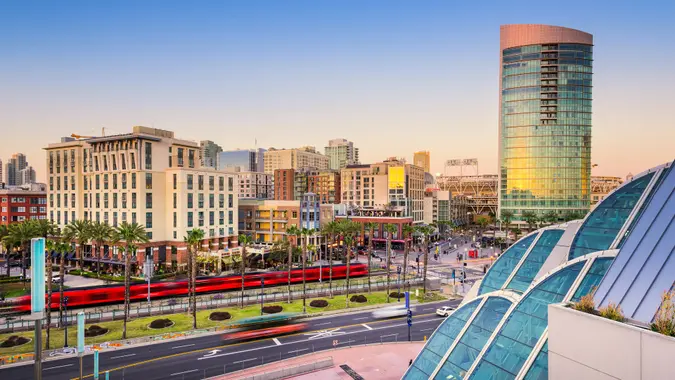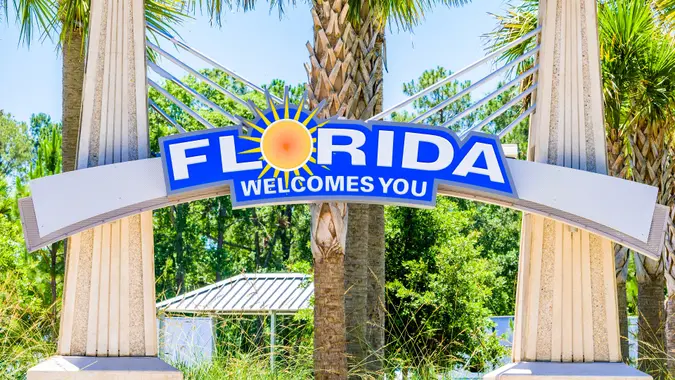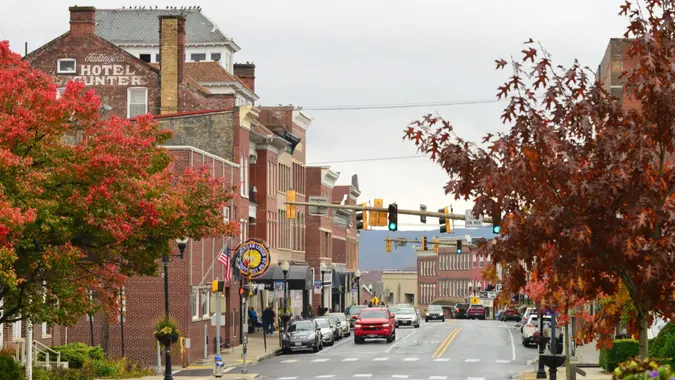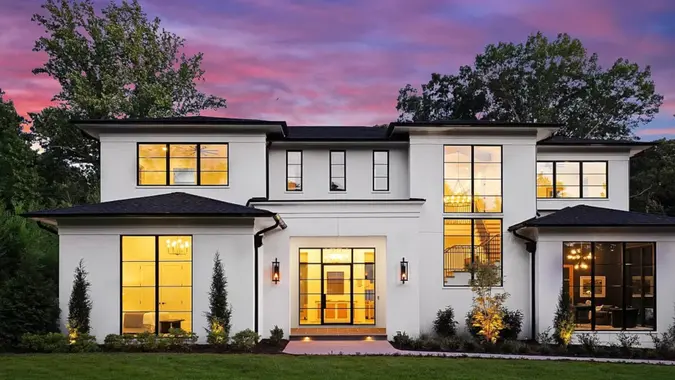Don’t Buy a House in These 10 US Cities: Growing Populations and Overcrowding

Commitment to Our Readers
GOBankingRates' editorial team is committed to bringing you unbiased reviews and information. We use data-driven methodologies to evaluate financial products and services - our reviews and ratings are not influenced by advertisers. You can read more about our editorial guidelines and our products and services review methodology.

20 Years
Helping You Live Richer

Reviewed
by Experts

Trusted by
Millions of Readers
Population growth is usually a good indication that a city is desirable. People tend to move to areas offering more job opportunities, affordable housing and cost of living, good schools or other amenities. But is population growth a sign you should buy a house and put down some roots? Not always.
In a 2017 article published by Governing, Paul Gottlieb, an economist at Rutgers University, argued that metropolitan areas with stable or slow-growing populations are likely to have greater economic prosperity. According to Gottlieb, data suggests that mayors shouldn’t use population increase as a guaranteed route to a better economy.
Population growth also leads to overcrowding and increased housing demand, infrastructure and services. In terms of real estate, population growth is a crucial factor in determining how home prices in a given market will perform, according to Business Insider.
If more people move to a city than leave, housing demand increases and drives up home prices. Home price appreciation is great news if you’re a homeowner, but it makes buying a home slightly harder. In a recent report, Exploding Topics identified the fastest-growing U.S. metro areas using data from the U.S. Census Bureau and related sources.
Here are the top 10 on the list of where you shouldn’t buy a home to avoid an overcrowded market.
1. Austin, Texas
- Current population (city): 961,855
- Current population (metro): 2,173,804
- Percentage growth (metro): 25.84%
2. Raleigh-Durham, North Carolina
- Current population (city): 467,665 / 174,762
- Current population (metro): 1,362,997
- Percentage growth (metro): 19.84%
3. Orlando, Florida
- Current population (city): 307,573
- Current population (metro): 2,560,260
- Percentage growth (metro): 19.69%
4. Charleston-North Charleston, South Carolina
- Current population (city): 143,151
- Current population (metro): 790,955
- Percentage growth (metro): 18.5%
5. Houston, Texas
- Current population (city): 2,304,580
- Current population (metro): 6,979,613
- Percentage growth (metro): 17.36%
6. Sarasota-Bradenton Metro Area, Florida
- Current population (city): 434,006 / 50,698
- Current population (metro): 821,613
- Percentage growth (metro): 16.81%
7. San Antonio, Texas
- Current population (city): 1,434,625
- Current population (metro): 2,510,211
- Percentage growth (metro): 16.59%
8. Dallas-Forth Worth, Texas
- Current population (city): 1,304,379 / 918,915
- Current population (metro): 7,451,858
- Percentage growth (metro): 16.58%
9. Phoenix, Arizona
- Current population (city): 1,608,139
- Current population (metro): 4,860,338
- Percentage growth (metro): 15.61%
10. Nashville, Tennessee
- Current population (city): 715,884
- Current population (metro): 1,904,186
- Percentage growth (metro): 15.35%
 Written by
Written by  Edited by
Edited by 
























